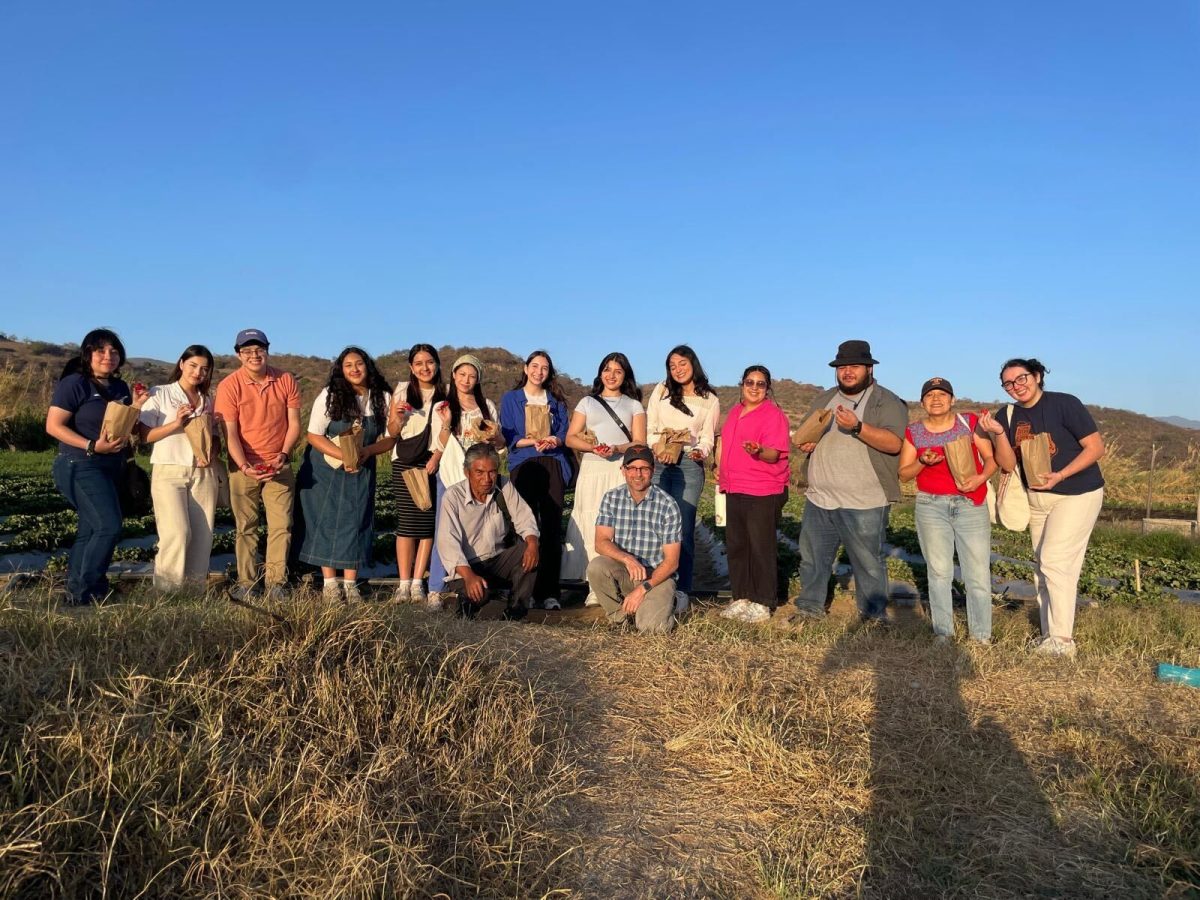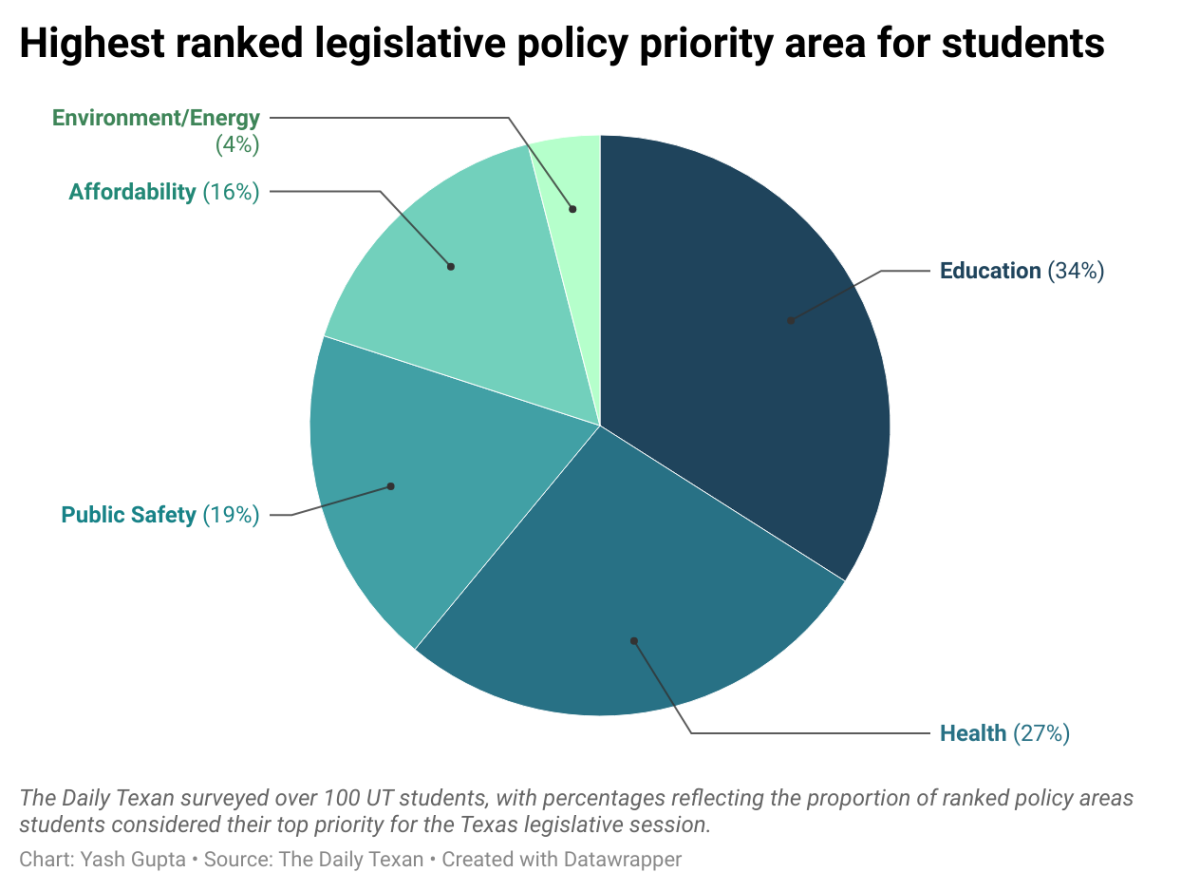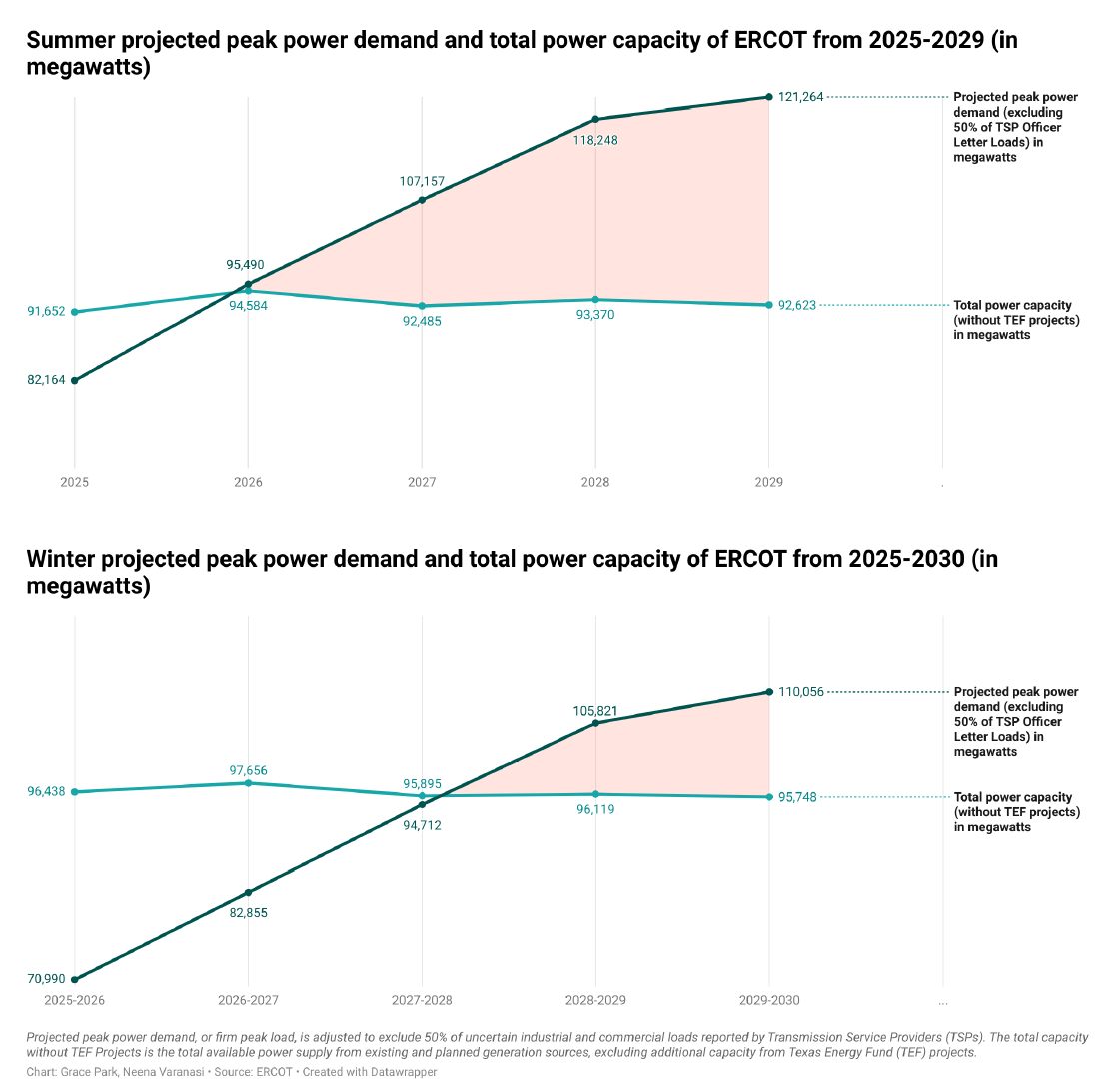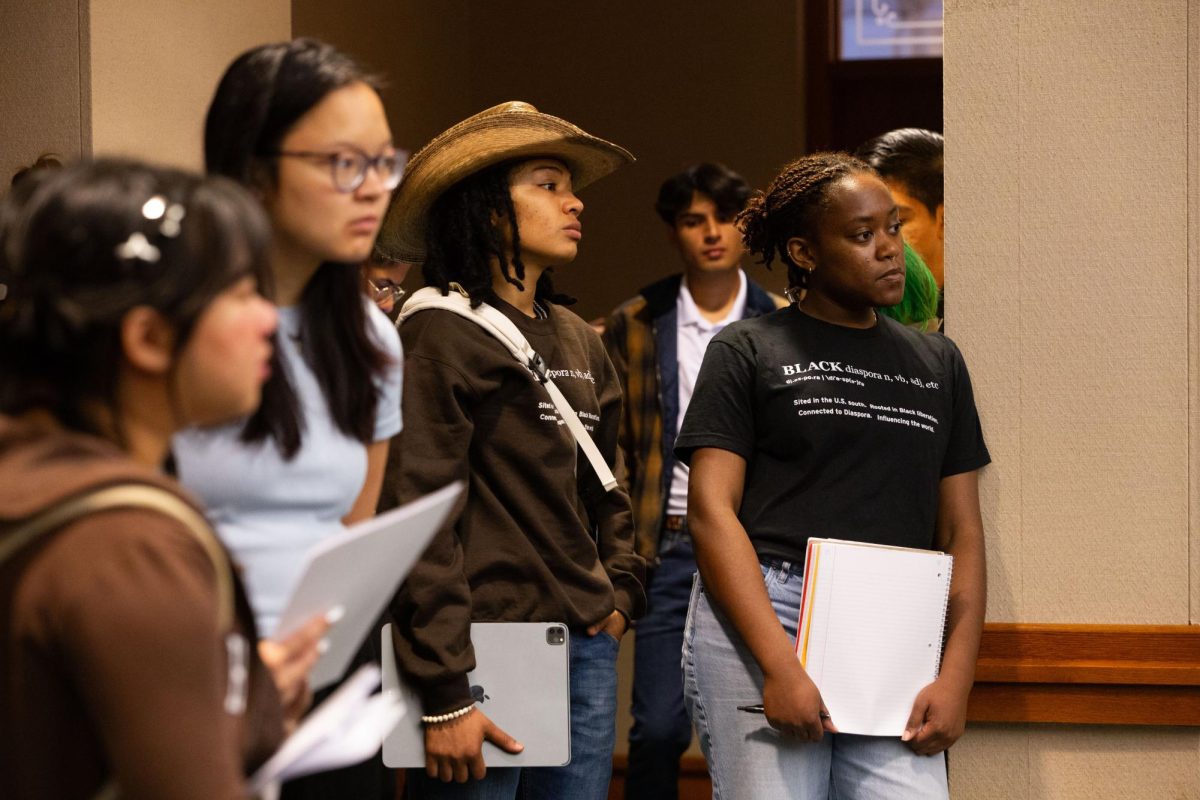Biology sophomore Breanna Ellis budgets tightly to make sure she can pay for her college education. Sometimes, that means there’s little money left over for food.
“I try to keep spending as low as possible because it’s going to matter when I’m paying back loans,” Ellis said. “I have to say no to a lot of social events because I really do keep track of the money
I’m spending.”
One resource available to students experiencing food insecurity is the Supplemental Nutrition Assistance Program, the largest food assistance program in the U.S. However, a report released by the United States Government Accountability Office in December found that 57 percent of eligible students did not receive SNAP benefits in 2016. Ellis is not one of those students because she ineligible for SNAP.
SNAP provides food stamps to help households afford meals. Traditional students who are dependent on their parents for income are broadly ineligible to apply for SNAP, but 71 percent of America’s college population are nontraditional students, financially independent, working full-time or have other financial constraints, according to a 2013 report from the U.S. Department of Education. These students could be eligible for SNAP benefits.
The report listed a lack of information on food assistance programs and eligibility restrictions as barriers that prevented students from accessing
SNAP benefits.
“The issue of hunger in college students is an important and timely topic, but it’s one that is handled at the institutional level,” said Karen Adler, UT System media relations director, in an email. “All UT academic institutions are working to ensure students’ basic needs are met though on-campus food, clothing and household item pantries.”
Roughly 1 out of 4 UT students struggle to afford food, according to Student Emergency Services. Between the 2015–16 and 2016–17 school years, Student Emergency Services saw a 28 percent increase in the number of students helped with food-related needs.
This spring, UT’s on-campus pantry UT Outpost has expanded its hours of operation to accommodate more students. Since it opened last spring, the Outpost has provided roughly 3,500 meals to students in need, said Kelly Soucy, director of Student
Emergency Services.
The campus food pantry is available to all students, regardless of financial status. The only requirement to receive the 20 pounds of food provided by the pantry is to be a student. It is located in the UA9 building on campus.
“We doubled our hours this semester because we want to make accessing the Outpost as easy as possible,” Soucy said.
Ellis said she supplements her small grocery budget with the UT Outpost when needed, but believes it is underutilized because students are unaware of it.
“There are a lot of students on our campus that may think, ‘I don’t need this type of service, I have friends who are struggling worse than I am,’ or something along those lines, but this program is truly for any and all students,” Soucy said. “We all have our rough moments.”



















